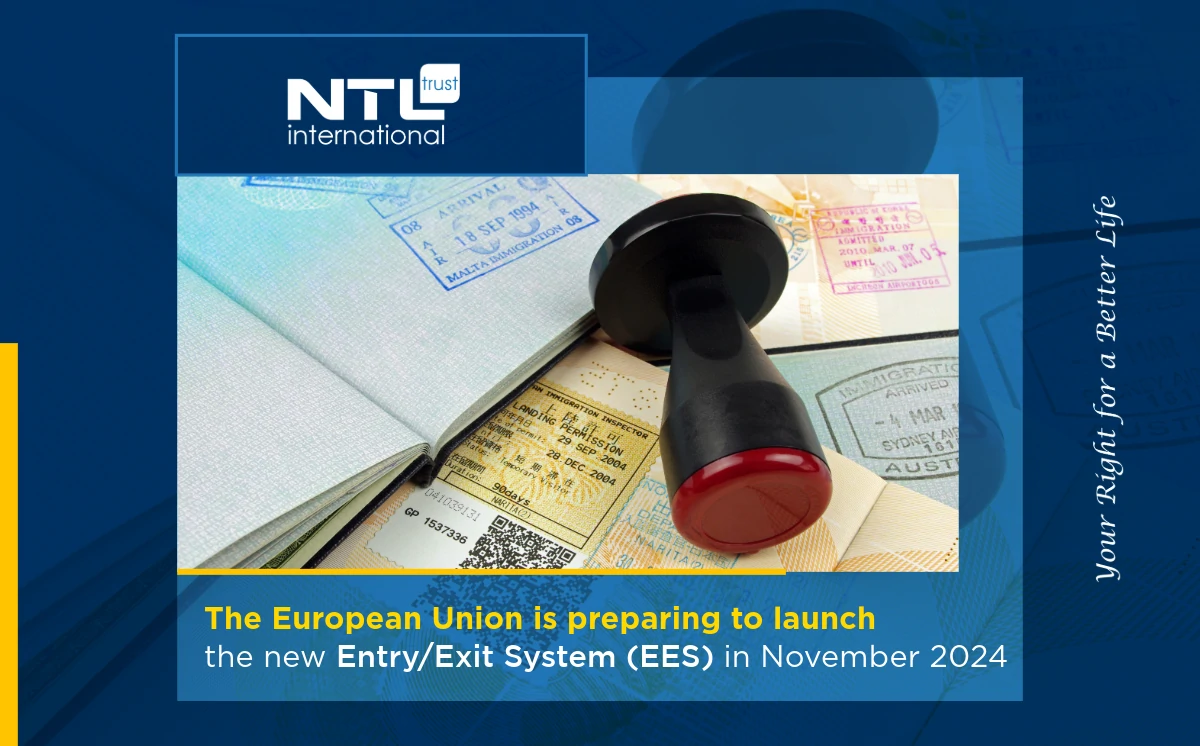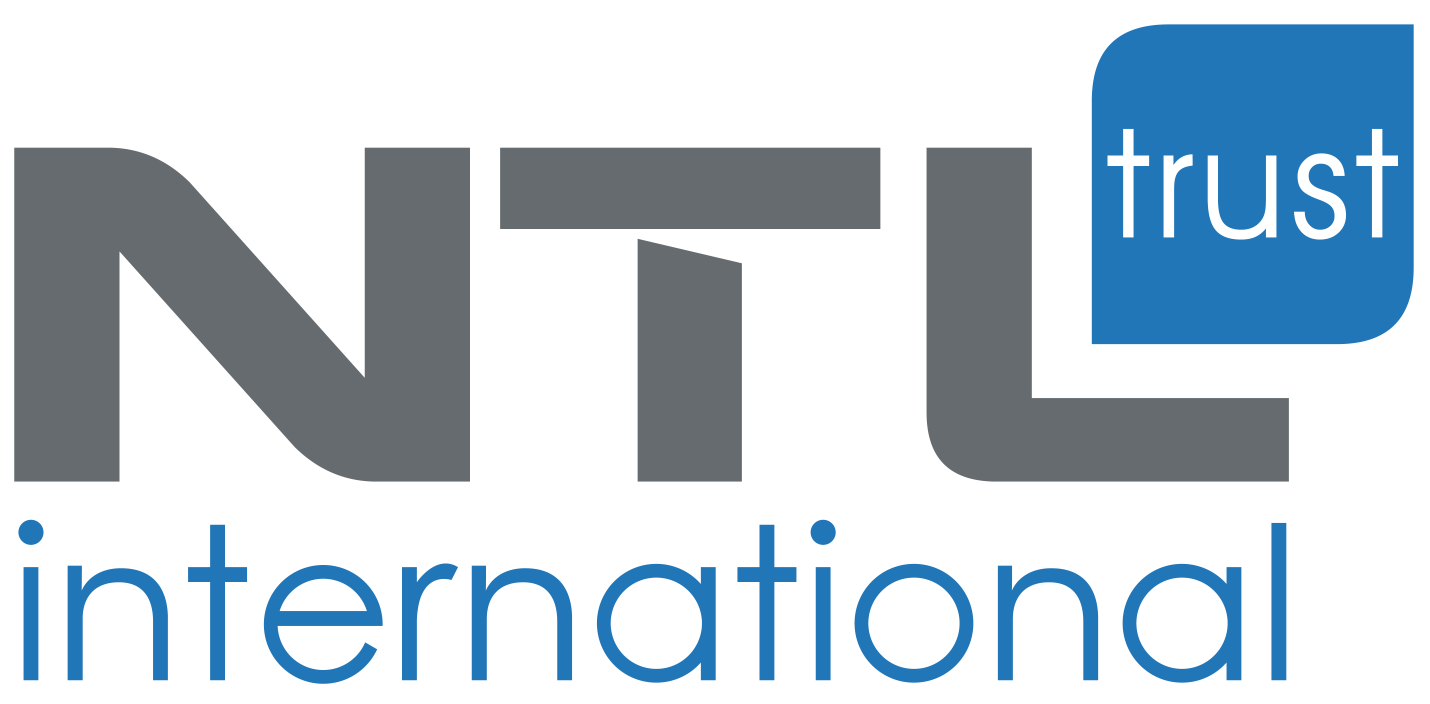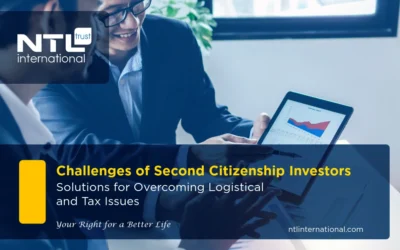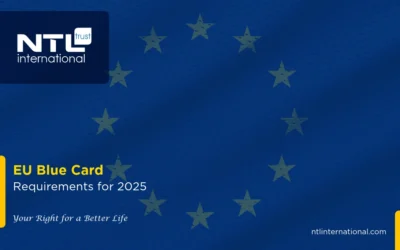
The EU plans to implement the Entry/Exit System (EES) for non-EU citizens starting November 10, 2024. This digital system will replace traditional passport stamps, with travelers’ data recorded electronically upon entering or leaving the Schengen Area. The EES aims to ensure visitors stay within the allowed 90-day stay within 180 days.
The EES will start in November:
Travelers will need to provide fingerprint and facial biometric data during their first entry. Subsequent crossings will be easier, requiring only a passport scan at a self-service kiosk to verify identity. Travelers will also need to register online for free before traveling to the EU.
However, concerns have been raised about potential travel delays due to the new system (EES). The European Commission has proposed a gradual and flexible implementation to reduce waiting times.
This change coincides with the expected launch of the European Travel Information and Authorization System (ETIAS) in 2025, which will require visitors from 60 visa-exempt countries to obtain an entry permit for a fee of €7, valid for three years.
With these changes ( EES), passport stamps may become a thing of the past, raising questions about the loss of personal touch in travel as we move further into the digital age.
Nauru Citizenship by Investment Program 2025
Why Choose the Nauru Citizenship by Investment Program in 2025?
Investment in Nauru: Beyond Citizenship Opportunities
Investment in Nauru offers promising opportunities in infrastructure, tourism, and sustainable development. The government supports foreign investments to drive economic growth and enhance climate resilience. The Citizenship by Investment Program provides a pathway to citizenship while contributing to the nation’s development.
Portugal’s Non-Habitual Resident (NHR) Tax Regime: A Gateway to Significant Tax Benefits
The Non-Habitual Resident (NHR) tax regime is one of the most attractive incentives offered by the Portuguese government, providing significant tax benefits for individuals seeking to relocate to Portugal and enjoy a favorable tax environment. Thanks to its mild...
Challenges of Second Citizenship Investors: Solutions for Overcoming Logistical and Tax Issues
Individuals who are seeking second citizenship, driven by the desire to improve their quality of life, secure a better future for their families, or expand their business opportunities.
EU Blue Card Requirements for 2025
It is important to note that the EU Blue Card is available in most Schengen Area countries,





